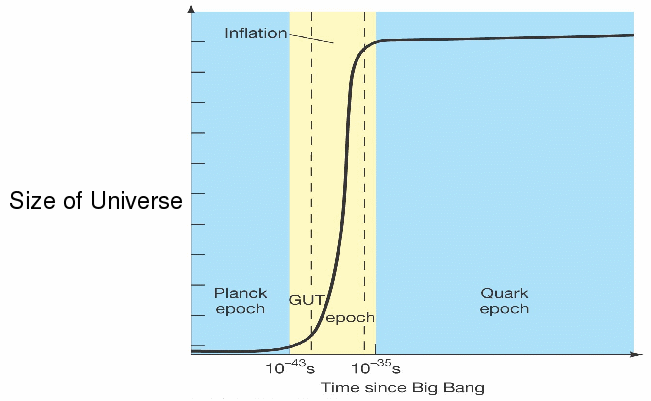The Universe is at least 156 billion light-years wide, according to data obtained by a space probe examining the so-called Cosmic Microwave Background radiation left over from the Big Bang.
The Universe is estimated to be 13.7bn years old but a period of very rapid expansion – called inflation - very soon after the big bang, and continued expansion since means we cannot say that the Universe is an estimated 13.7 light years radius, as would be supposed from a naïve estimate of the time taken from the most distant observable galaxies to reach us.

When light is emmited from a distant star, which is moving away from us with the expansion of the Universe, the distance between our Earth and that star is increasing. At the moment of emission it might be a billion light years away, but when that light is received by us the star might be 1.2 billion years away for example. The effect is more pronounced in the past, since the Universe is slowing down, and underwent a period of very rapid expansion very soon after the big bang. In fact the Universe now is calculated to be 156 billion light years in diameter, which means that the starting point of a photon, reaching us today after travelling for 13.7 billion years is now 78 billion light-years away.
It is important to realized to that the Universe is not expanding into empty space. Space is carried along with the expansion of the Universe, in the same way that railroad engineers lay down track as they move to build a railroad.
